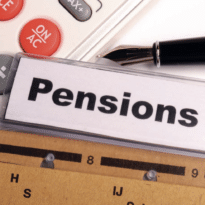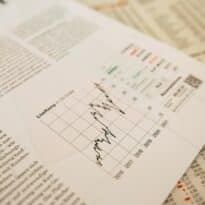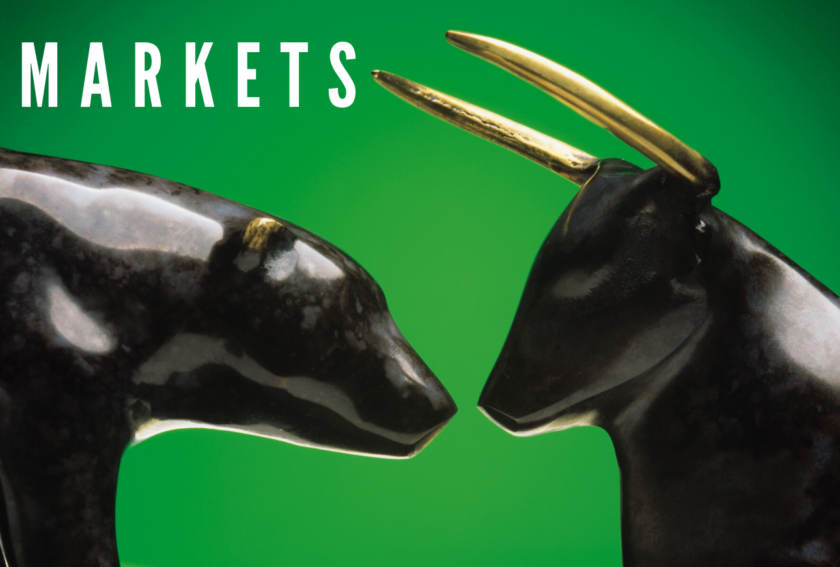Concluding the series of articles from the investment teams of Nikko Asset Management pondering how the different markets may pan out in 2021, Steven Williams, head portfolio manager, Core Markets, considers the political landscape and the ongoing pandemic, with particular focus on fixed income outcomes.
As European Commission President Ursla von der Leyen announced the free trade agreement with the UK and the EU, she quoted T.S. Eliot: “What we call the beginning is often the end. And to make an end is to make a beginning. The end is where we start from.” From the end of 2020 while we have had a new year to look forward to, it feels we are more like in the middle of this unsettled time than at an end.
For rates, 2021 will be all about the curve, COVID-19 and US politics. In the US, we expect a bit more of a reflation trade in the first half of the year. While the concerns over Democratic leadership are those of a radical progressive agenda, the reality is that Joe Biden will likely govern with a bipartisan approach given an already fragmented Democratic party and lack of a dominant majority. We recall when Donald Trump was elected, the market was sure of the reflation trade as well. Nevertheless, we ended up with historically low interest rates. We think once the reality of low growth for longer sets in, the “Bond Vigilantes” will be forced back by the “Justice League of Central Banks” faced with taming a steepening yield curve constraining the recovery.
Inflation will certainly be an issue, and we expect some wild numbers from headline inflation as base effects will come into play versus the spring 2020 figures (e.g. how do you calculate growth off of a negative oil price?). Inflation, though, will be just an illusion as it will face the new regime of innovation, competition, debt, deficits and now zombie companies. The record amount of US Treasury cash, USD 1.56 trillion, stands at odds with money market demand for US Treasury bills and we doubt the Federal Reserve (Fed) would want the market to dictate terms on short-term interest rates. US municipals will benefit from the push for added stimulus with likely larger grant packages coming for state and local credits and a more than likely resurgence of a Build America Bond-style program. With nearly everything looking expensive in credit, taxable municipal bonds remain a solid value standout.
We expect to see a summer lull in the virus as we observed last year, but as with the 1918 influenza pandemic, we cannot discount the impact of a potential third wave going into the 2021 autumn period, especially for emerging economies. Growth will remain suppressed throughout the year, and stimulus will remain high. We expect the USD decline to continue, but only to a point. To think the rest of the developed market economies will stand idly by and allow for the relative debasement of the USD would seem foolhardy, though quite difficult to know if there will eventually be a breaking point. Commodity currencies will continue to benefit on the road to recovery with the Australian, New Zealand and Canadian dollars and Norwegian krone benefitting from the resurgence in commodity prices, especially in a weak USD environment.
We think it is possible that the Democrats take a more pragmatic approach to the main issue at hand, the pandemic, and focus on stimulus for now. While Biden ran on taxes, the election was so close that we question the incentive to taunt the elephant given the risk of a Senate flip in 2022. As such, we are not entirely convinced of a Biden tax raise just yet. In the second half of the year the discussion of the Fed chair will become centre stage. We would make the same argument for choosing the Fed chair: why risk 2022? We think the ongoing stimulus will continue to exacerbate the wealth gap, especially increasing the number of easy-to-vilify centibillionaires, thereby leaving the Fed ripe for politicisation. Our main concern is the idea of recession insurance bonds, which are basically “helicopter money” for main street. Though enacting this would require the Democrats a solid majority, which they don’t have.
For Europe, with USD 1.5 trillion of QE to be deployed over the course of 2021, we expect the convergence trade to continue with Italian sovereign spreads to be the main beneficiary. We expect Italian spreads to grind towards Spain over the course of 2021, as the search for yield and central bank protective put will keep volatility low and the incentive for the carry trade high. For the broader EU, we think Sweden and Denmark remain attractive alternatives given their high-quality ratings and still-high spread relative to Germany, as capital will continue to reallocate to higher yielding alternatives without sacrificing quality.
Historically, we know all pandemics end, but some linger on as chronic endemic issues. Looking back to the 1918 influenza pandemic, we know third waves and even fourth waves are possible, especially when considering the logistical challenges of rolling out a vaccine globally. However, as tough as they are, pandemics are no match for central banks. While historical recessions always incorporated a prolonged shift in asset prices, the new normal seems to have solved the asset price side of the equation, just not the general income side of it. It’s become a clichéd term, but we remain cautiously optimistic for 2021.






























